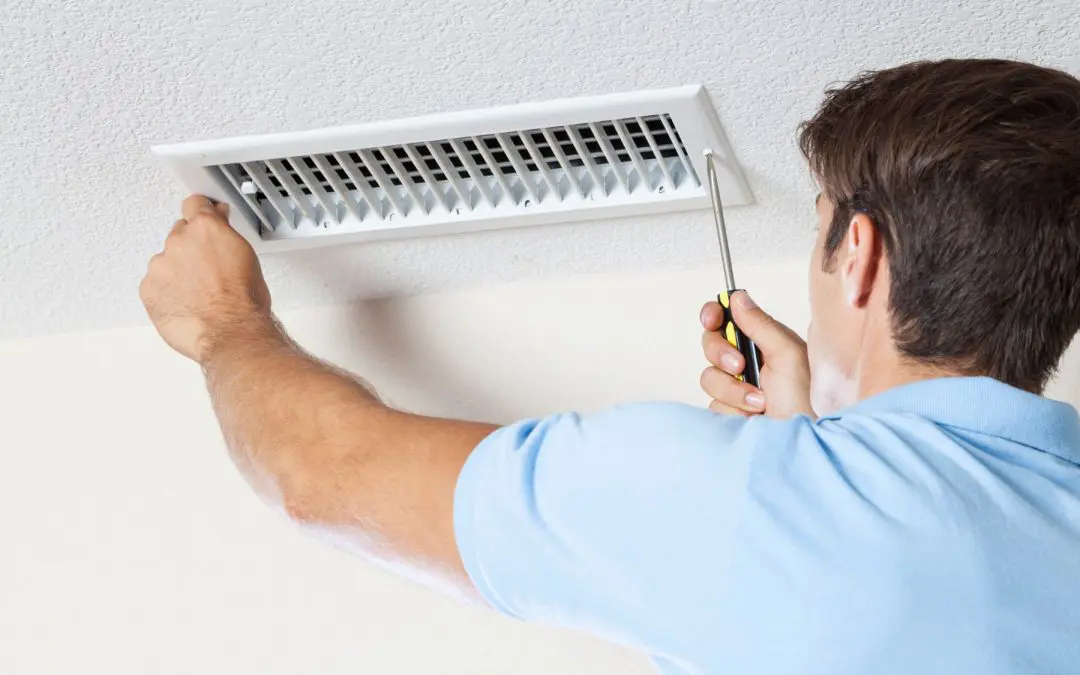Air ducts are the lungs of your home’s HVAC system, circulating heated or cooled air throughout every room. Over time, these pathways can accumulate a surprising amount of dust, debris, allergens, and even mold, silently impacting your indoor air quality and the efficiency of your system. If you’ve been wondering about the process, benefits, and necessity of air duct cleaning, you’ve come to the right place.
Why Air Duct Cleaning is Essential for Homeowners
Many homeowners overlook the ducts because they are hidden away, but their condition plays a crucial role in the overall home environment. The buildup inside the ducts can be a cocktail of pet dander, pollen, mold spores, fibers from clothing and carpets, and even rodent droppings or nesting materials. Every time your system runs, these contaminants are potentially being blown directly into your living spaces.
Cleaning your air ducts addresses two primary concerns: health and efficiency. From a health perspective, removing these trapped pollutants can be particularly beneficial for family members who suffer from allergies, asthma, or other respiratory conditions. Minimizing the circulation of these irritants can lead to a noticeable improvement in air quality and fewer triggers for allergic reactions.
From an efficiency standpoint, a thick layer of dust inside the ducts can create resistance to airflow. Your HVAC system has to work harder and run longer to push air through restricted pathways. This increased effort translates directly into higher energy bills and greater wear and tear on your expensive furnace and air conditioner components. A thorough cleaning helps restore maximum airflow, allowing your system to operate closer to its original efficiency and potentially extending its lifespan.
Recognizing the Need for a Cleaning
How do you know when it’s time to call in the professionals? While a general recommendation is to have your ducts inspected and possibly cleaned every three to five years, several signs can indicate an immediate need.
First, consider the visible evidence. If you remove a vent cover and look down into the ductwork, do you see a visible, thick layer of dust and debris? Does dust seem to resettle quickly after you’ve cleaned surfaces? These can be clear indicators of a heavily contaminated system.
Second, think about recent events in your home. Have you recently completed a major home renovation or remodeling project? Construction generates an enormous amount of dust and debris that often gets pulled into the HVAC system.
Third, pay attention to unusual odors. A persistent, musty smell when the HVAC system is running could signal a buildup of mold or mildew within the ductwork. If you suspect mold, an inspection is necessary, as this is a health hazard that requires immediate remediation.
The Professional Cleaning Process Explained
Air duct cleaning requires specialized equipment and expertise. A professional service follows a thorough, multi-step process to ensure a comprehensive clean.
The best method is to use a “source removal” technique. This involves two core steps. First, the technician uses powerful tools, such as high-powered vacuums, to create a negative pressure environment within the ductwork. Second, they use specialized cleaning tools—such as rotating brushes, air whips, or agitation devices—to loosen all the debris and dust stuck to the inside surfaces of the ducts, including the main trunk lines and the smaller branch lines leading to each vent. This agitation, combined with the powerful suction, removes the full volume of contaminants.
Air Duct Cleaning: Frequently Asked Questions
Will air duct cleaning solve all my allergy problems?
While cleaning your ducts will certainly reduce the amount of airborne contaminants circulating in your home, it is just one part of a comprehensive indoor air quality strategy. For the best results, you should also change your air filters regularly, keep up with routine surface cleaning, and potentially invest in high-efficiency air filtration.
How long does a typical duct cleaning service take?
The duration depends on the size of your home, the number of duct runs, and the extent of the contamination. A typical residential job can take anywhere from three to eight hours. A professional should be able to provide a more accurate estimate after a thorough inspection.
Is chemical treatment or sanitizing necessary after the cleaning?
Generally, no. If the cleaning is performed correctly, removing the source of the contamination (the dust and debris) is sufficient. Sanitizers and chemical treatments should only be used in specific, rare circumstances, such as a verified microbial growth (mold) problem, and only after the physical removal of the mold has occurred. Always ensure any product used is EPA-approved and appropriate for HVAC systems.
How often should I have my air ducts cleaned?
For most homes, cleaning the air ducts every three to five years is an excellent baseline. However, you should consider cleaning more often if you have pets, smokers in the home, recent water contamination or damage, or a known respiratory issue among family members.
Five Stars Home Inspections offers home inspections and water quality testing to customers in the Greater Boston area. Contact us to request our services.

